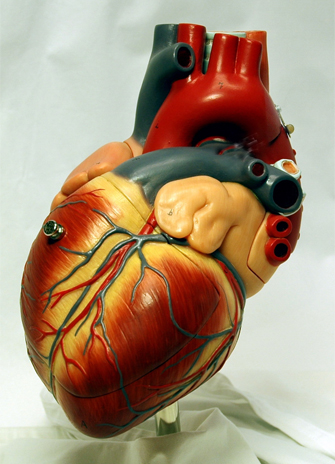Rehabilitation programs must become an integral part of cardiac care to significantly reduce the burden of living with heart disease, one of the most common chronic diseases and causes of death globally, according to York University Professor Sherry Grace.

“Cardiac rehabilitation is a cost-effective program offering heart patients exercise, education and risk reduction,” says Grace. Participation results in 25 per cent less death, lower re-hospitalization rates and better quality of life, she adds.
Despite these benefits, cardiac rehabilitation is vastly underused, particularly compared with costly revascularization and medical therapy, according to a review Grace conducted with Karam Turk-Adawi in the Cardiovascular Rehabilitation & Prevention Unit, University Health Network (UHN), and Dr. Nizal Sarrafzadegan, director of Isfahan Cardiovascular Research Center at Isfahan University of Medical Sciences in Iran.
“Cardiac rehabilitation services are insufficiently implemented, with only 39 per cent of countries providing any,” says Grace of the School of Kinesiology and Health Science in the Faculty of Health.
Heart disease has become an epidemic in low- and middle-income countries (LMICs), and cardiac rehab can reduce the socio-economic impact of the disease by promoting return to work and reducing premature mortality.
“If supportive health policies, funding, physician referral strategies and alternative delivery modes are implemented, we could reduce the ratio from one cardiac rehab program per 6.4 million inhabitants in some LMICs to the one program per 102,000 available in high-income countries,” adds Grace, who is also the director of research at the GoodLife Fitness Cardiovascular Rehabilitation Unit at UHN.
The article “Global availability of cardiac rehabilitation,” published online at Nature Reviews Cardiology, indicates that while 68 per cent of high-income countries have cardiac rehabilitation, only 23 per cent of LMICs do, despite the fact that 80 per cent of deaths from heart disease occur in these countries.


